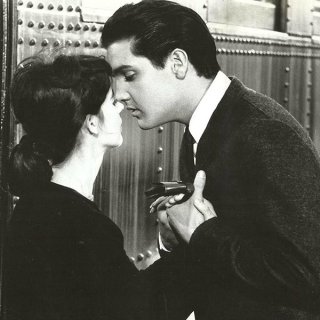Illuminating The Louvre
The Louvre Museum, located in the heart of Paris, stands as a symbol of artistic grandeur and historical significance.
One of its most iconic features is the glass pyramid entrance, a masterpiece of modern architectural design. Then delves into the captivating story behind the creation of this magnificent structure and the reasons why it was chosen to grace the entrance to one of the world's most renowned cultural institutions.
A Bold Vision of Harmony:
The concept for the Louvre's glass pyramid entrance was born from the imagination of acclaimed architect Pei. In 1983, Pei was entrusted with the task of expanding the museum's entrance and creating a space that would both modernize the building and respect its rich heritage. He sought to merge historical significance with contemporary sensibilities, ultimately arriving at the idea of a transparent pyramid. The pyramid's geometric elegance serves as a harmonious link between the Louvre's classical architecture and the modern world.
Symbolism and Significance:
Beyond its aesthetic appeal, the glass pyramid entrance holds deep symbolism. Comprised of 603 diamond-shaped glass segments and a steel framework, the structure represents a powerful fusion of transparency and strength. The pyramid's transparency symbolizes the democratization of art, inviting visitors from all walks of life to explore the treasures within the museum's walls. Moreover, the pyramid pays homage to the ancient Egyptians, who regarded these structures as symbols of eternity and the afterlife, reflecting the Louvre's vast collection of antiquities.
An Architectural Feat:
The construction of the glass pyramid was no small feat. Its design required innovative engineering techniques to ensure stability and transparency. The steel framework, meticulously engineered, distributes the pyramid's weight evenly and supports the colossal glass segments. The glass itself was specially crafted to minimize glare and maximize visibility, allowing natural light to permeate the interior spaces. The pyramid's precise dimensions—21.6 meters in height and 30 meters in width—were carefully calculated to maintain a sense of grandeur while complementing the surrounding buildings.
A Gateway to the Artistic Realm:
The glass pyramid serves as a mesmerizing gateway to the Louvre's vast artistic realm. Beneath its shimmering surface lies the inverted pyramid, an underground structure that guides visitors seamlessly into the museum's depths. Here, they embark on a journey through time, exploring an unparalleled collection of masterpieces spanning thousands of years. The pyramid's design ensures a harmonious transition from the bustling streets of Paris into the serene realm of art, captivating the senses and igniting a sense of wonder and anticipation.
The glass pyramid entrance of the Louvre Museum stands as an architectural marvel, seamlessly blending historical tradition with modern ingenuity. Its transparency, symbolism, and meticulous construction reflect the Louvre's commitment to accessibility, enlightenment, and the preservation of the world's artistic heritage. Today, it serves as an enduring symbol of the museum's timeless appeal and continues to inspire visitors from around the globe.
You may like:



